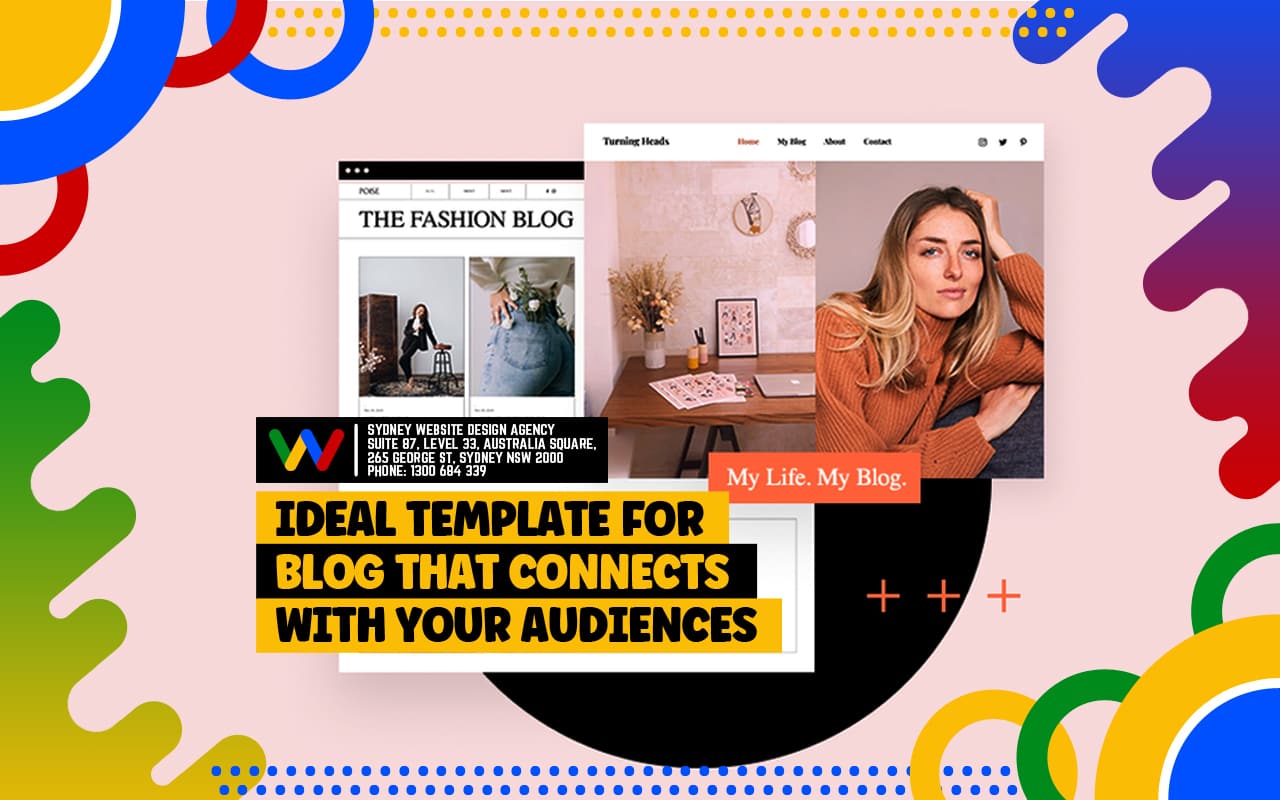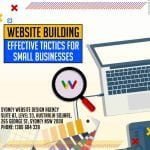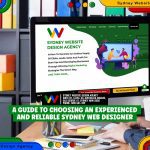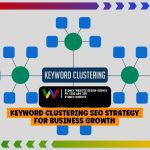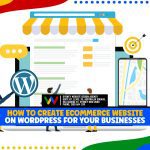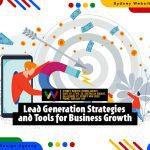Craft Engaging Blog Posts to Boost Business
A blog post is an important part of a business website, so you must take the time to structure it correctly. Having a clear and consistent template can help make your blog content more enjoyable and easy to read for both you and your readers. This article will look at the components of an ideal template for structuring your business blog post, including typical sections like the headline, introduction, body content, images/videos/audio clips, conclusion, and call to action (CTA).
We’ll also offer tips on how to create an effective headline that captures attention and encourages engagement. Finally, we’ll discuss strategies and blogging efforts for optimising the content of each section to drive traffic and increase reader satisfaction. By putting these tips into practice, you’ll be able to craft more successful blog posts that help your business gain more organic traffic and achieve its goals.
Introduction
Blog posts or articles are created with many intentions, main intention in any niche is to connect with targeted audience and generating internet terrific that leads into sales.
Your business blog is one of the best approaches where you can communicate and connect to your audiences. It is an avenue where you can tell stories about your business, share experiences, and success, or to simply communicate your intention to genuinely help your target audience.
Which blog template works best for businesses? Which format creates the impression that your blog is a resource of information that your audiences can trust? Read on to learn more what a quality template for blog would work well for delivering content for your audiences.
Table of Contents
- What is a Business Blog Used For?
- Delivering Messages to Your Audiences via Blogging
- Basic Types of Blog Post Templates
- Structure of a Professional Business Blog
- Better Blog Template Creates Better Results
- Starting a Relevant Blog for Your Business
- FAQ’S Template for Blog
- Ideal Template for Blog Conclusion
What is a Business Blog Used For?

When creating a blog post for a business website, it’s important to follow an effective structure so that your message is clear and easy for readers to understand. Here are the key components of an ideal template for structuring your business blog post.
1. Headline
A strong headline will capture the reader’s attention and encourage engagement. Make sure it is short, catchy, and relevant to the content.
2. Introduction
Provide a brief overview of the topic and explain why readers should care about it. Use this paragraph to introduce key points or ideas that will be discussed in more detail later in the post.
3. Body Content
This is where you can discuss topics in depth and provide supporting evidence for your arguments or statements. Include facts, quotes, statistics, case studies, examples, etc., along with any necessary visuals (images/videos/audio clips) to help get your message across.
4. Conclusion
Summarise the main points of the post and emphasise its key takeaways. You may also include a call-to-action (CTA) that encourages readers to take some sort of action (e.g., signing up for a newsletter, downloading an e-book)
By following these guidelines, you can create blog posts that are both informative and engaging for readers. Keep in mind that effective communication is key; make sure your content is well-structured, easy to read, and free from errors. This will ensure that readers can find the information they need quickly and easily, resulting in increased reader satisfaction and engagement with your business’ blog posts.
Delivering Messages to Your Audiences via Blogging

In addition to following the ideal template for structuring your business blog post, it’s also important to consider your audience when writing. Knowing who your target market is will help you tailor messages that are specifically designed for them. Once you have an understanding of their needs and interests, you can craft content that speaks directly to them and resonates with their values.
You may also want to consider using different types of media (images, videos, audio clips) to engage readers more effectively. Media can be used to break up large chunks of text, making the post easier to read and more visually appealing. It can also provide additional context or information about a topic, making it easier for readers to understand and remember what they’ve read.
Finally, remember to promote your blog posts on social media platforms and other channels. This will help get the word out about your content and drive more traffic to your website. Here are some elaborate tips you could begin with to have a more connected relationship with your audience.
Know Which Channels to Connect with Your Audience
Your first step is to identify your audience, and the best way to do that is by using monitoring tools to see which platform they engage with the most. This will help you decide where to send your message and how best to craft it. Keep in mind that it’s important to know not just where your audience gets their information, but also what kind of information they prefer. The more specific you can be, the better prepared you’ll be overall.
Incorporate email marketing into your strategy, but be sure to pay attention to your subject lines. Keep your content brief and provide a call-to-action. Design emails that are consistent with the rest of your branding, use concise messages, and deliver what you promise in the title, whether it’s humour or valuable advice.
Get Your Messages Read
Identifying your audience and channel is the first step, as mentioned in the previous section. The next step is to identify social media influencers that can help you share your story with their loyal followers. To find these people, look through your profiles and use social monitoring tools. After you’ve found some names, reach out to them and ask if they would be willing to engage with or share your content. You could also tweet at them to get their thoughts on what you have to say. If your target audience trusts these influencers, then it’s more likely that they’ll listen to what you’re saying.
Decide When to Send It
Timing is an important factor when it comes to connecting with your audience. You want to make sure that you’re sending out content at the right moment so that more people will see it. Consider when your target market is most active and plan accordingly. For example, if you’re targeting younger audiences, then you may want to post earlier in the day during peak hours for their usage levels
Also consider seasonal trends and how they may affect the timing of your messages. Are there certain times throughout the year where activity on certain platforms increases? If so, take advantage of those moments by preparing content in advance and scheduling it for release around those key dates.
By using these tips and strategies, you can create successful business blog posts that are both informative and engaging for readers. Doing this will ultimately help build relationships with customers and increase brand loyalty, resulting in higher customer satisfaction rates. Use these ideas as a guide when crafting your own blog posts, and you’ll be well on your way to achieving success with your business’ online presence.
Basic Types of Blog Post Templates

Finally, you can save time by utilising blog post templates. This is especially helpful if you want systems in place to turn your creative ideas into original blog post. With these ready-made templates, all you need to do is fill in the blanks and customise them according to your needs.
Here are some basic types of blog post templates
List posts
These types of posts provide readers with information in an easy-to-digest format. Examples include “5 Ways To Improve Your Social Media Presence” or “7 Tips For Writing Engaging Blog Posts.”
How-to guides
These kinds of posts provide detailed instructions on how to do something. For example, “How To Create An Engaging Instagram Post” or “Step-by-Step Guide To Writing Blog Posts.”
Interviews
These types of posts are great for engaging with industry experts. You could interview someone in your field and then share the insights with your readers
Reviews
If you’ve used a particular product or service, write up a review and share it with your audience. This will show them that you have experience with the product and can provide valuable information about it
Writing blog posts for your business doesn’t have to be an overwhelming task when you use these tips. Knowing which channels to target, getting messages read, deciding when to send it and using blog post templates will help you create compelling content that resonates with your target audience
By following these tips, you can easily come up with a comprehensive content marketing strategy that reaches the right people and helps your business grow. With a little planning and research, you’ll be able to get your message out there in no time.
Structure of a Professional Business Blog
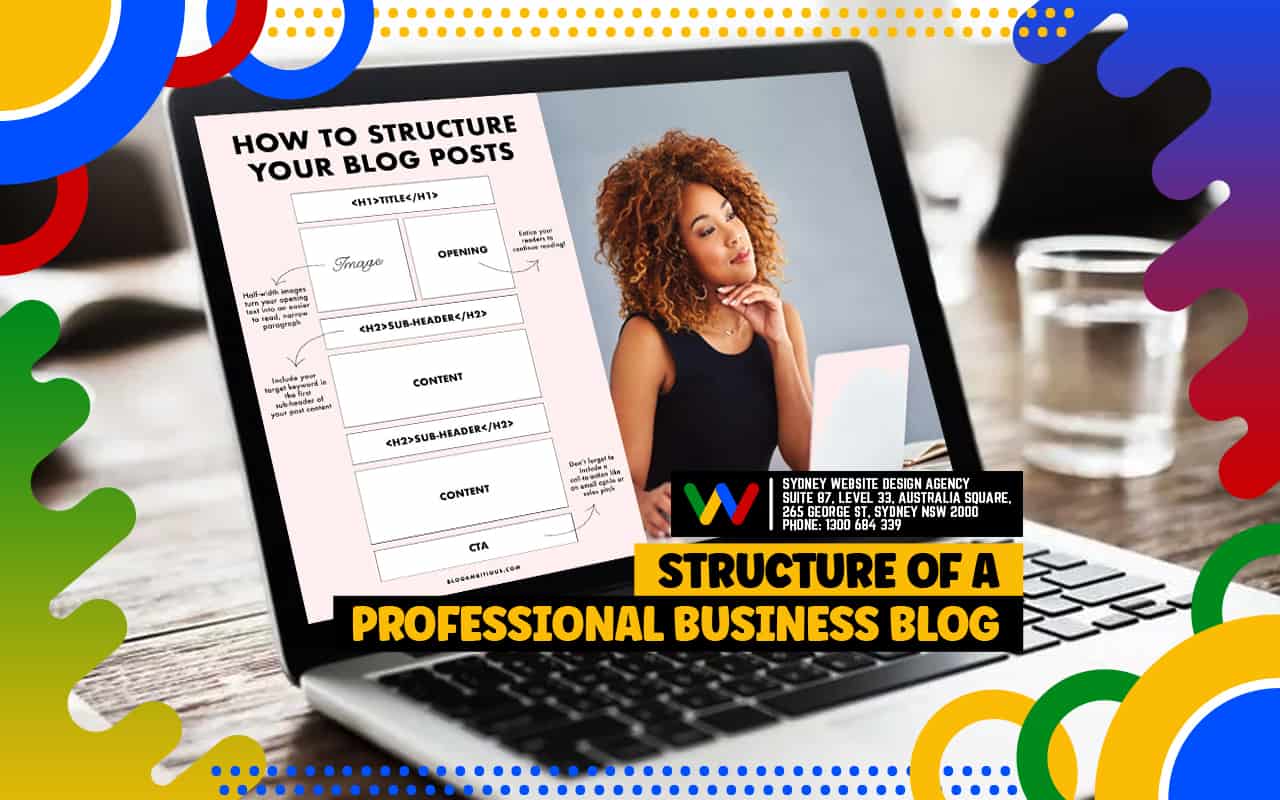
While you might be a great writer, without organisation your content will seem choppy and won’t hold together. When blogging, you need to understand how to put your posts together, so they make sense aesthetically and semantically. If not, people might think your work is all over the place.
If you want to develop a bond with your readers, it all starts with writing great content using an appropriate blog post structure. In this guide, we’ll show you how to compose excellent blog posts for your website step-by-step.
Write a Headline that Grabs Attention
Your blog’s headline is likely the first thing potential readers see. A good title not only accurately reflects the article’s content, but also entices people to keep reading.
Create a Good and Comprehensive Introduction
The intro should give your readers an idea of what the post is about. Try to keep it relevant and concise, but also provide enough information to make them want to learn more.
Add a Table of Contents
A table of contents is an exceptional way to break up large blocks of text. It also allows readers to quickly jump to the sections they’re most interested in reading.
Use Headings and Subheadings
Headings and subheadings make your blog posts easier to read. They give readers a glimpse of what the article is about and help them skim through for the information they need.
Write Engaging Content
Your content should be engaging, informative, and entertaining. You would rather not bore your audience, so try to mix things up by including stories, facts, quotes, or anything else that can help keep readers interested in your post. Some content is only relevant during a specific time frame, while others are relevant for a long period of time. The more content you write, the more options you can offer for your audiences.
Include Relevant Images and Videos
Using visuals can help you explain concepts better and make your blog more visually appealing. Make sure all images are relevant to the topic at hand and high quality. During the early days, having stunning visuals is enough. Nowadays, images should be easy to consume and should not affect the speed of your websites.
Present Data, Statistics, and Graphs
Whenever appropriate, add factual information like data points and graphs to your post. This helps give your audience a better understanding of the subject at hand and makes your article more authoritative. Top companies make use of this information to provide content ideal for the type of community they want to engage with.
Divide Your Content into Logical Sections
When writing a blog post, structure your content into sections or paragraphs that are easy for readers to quickly digest. This will help make your posts easier to read and comprehend, while giving your readers a better overall experience. You should have various contents available for various online community that can also become your new target market. Arrange them in the site, wherein each section can be easily accessed by your market.
Include a Call to Action
Don’t forget to include a call-to-action at the end of your post. This can be something like asking readers to share their thoughts in the comments section or offering them an exclusive discount. This is also an important aspect in SEO. You should encourage your audiences to further read or even click a link through the content that you provide on your page.
Proofread and Edit Your Content
This step is often overlooked, but it’s essential if you want your blog posts to be professional and error free. Make sure you read through your content before publishing it and use spell/grammar checkers when necessary. Details like this should be eagerly checked by your team. Designers and content writers should work hand in hand to offer both knowledge and experience to their readers.
By following these steps, you should have no problem creating professional business blog content that draw readers in and keep them engaged. Just remember that structure is key and make sure everything makes sense.
Better Blog Template Creates Better Results
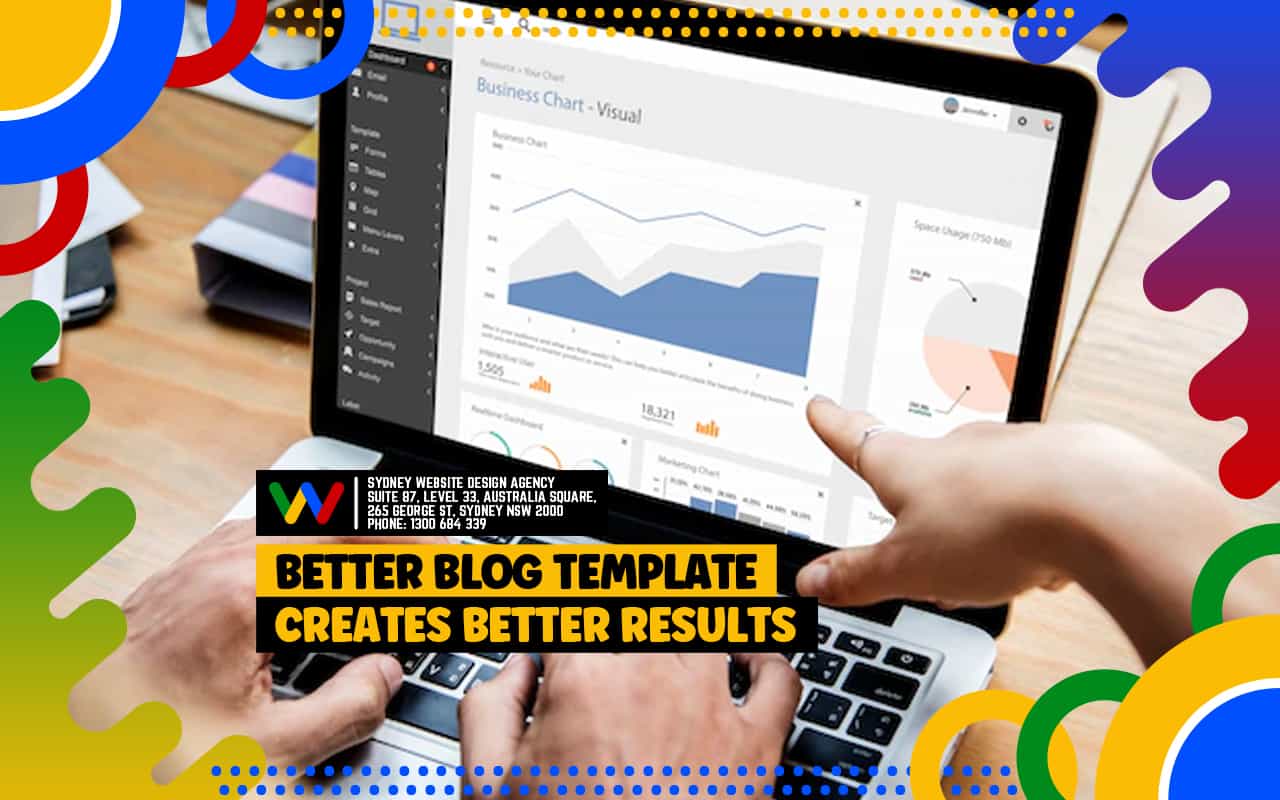
It’s no secret that the right blog template can help you achieve better results. A well-designed blog template will make your blog look more professional and organised, while also making it easier for readers to navigate through your posts.
When creating a blog template, you should keep in mind the type of content you intend to post. This includes things like text size, font style, colours, images, videos, and any other visual elements. All these factors play an important role in creating an effective blog post structure and ensuring readers have a great experience.
Additionally, including navigational elements like a sidebar menu or search bar will make it easier for visitors to find what they’re looking for quickly. This is especially critical if you post a lot of content, as users may otherwise feel overwhelmed.
Finally, make sure your templates are responsive and optimised for all devices. This will ensure that readers can access your blog posts on any platform or device without any problems.
By following these tips, you should be able to create a blog template that helps you get better results from your blogging efforts.
Starting a Relevant Blog for Your Business

Starting a blog is an effective way to promote your business and build relationships with potential customers. However, it’s important that you choose the right niche for your blog and post content that resonates with readers
When starting out, take the time to understand who your target audience is and what topics they’re interested in. This will help you create content that caters to their needs and interests. Additionally, make sure the topics you choose are relevant to your business so that visitors can see the value of what you offer.
You should also aim to create content on a regular basis. Consistency is key when it comes to blogging as this helps keep readers engaged and ensures they come back for more information in the future.
By following these tips, you should be able to start a relevant blog for your business that resonates with readers and helps you achieve your goals.
Creating effective blog posts is essential for businesses who want to engage their readers and reach more potential customers. By following the steps outlined in this article, such as including data, structuring your content into logical sections, adding a call-to-action, and proofreading/editing your work, you should have no problem crafting professional business blogs that draw readers in and keep them engaged.
Additionally, using the right template will make it easier for visitors to navigate through your content while helping you achieve better results from blogging efforts. Finally, remember to choose a relevant topic and create content on a regular basis in order to engage readers and achieve your business goals.
By following these steps, you should have no problem creating effective business blogs that draw readers in and keep them engaged. With some planning, research, and effort, you can create blog posts that not only build relationships with potential customers but also provide value to your readers and help you reach more people. So don’t be afraid to get creative – the possibilities are endless!
Template for Blog Frequently Asked Questions

What type of blog template should I use?
How often should I update my blog templates?
Are there any tips for creating engaging blog posts?
What should I do if I’m having trouble creating an effective template?
How can I make my blog posts mobile friendly?
How Can I Choose the Best Blog Template for My Blog?
When selecting a blog template for your site, consider blog website templates that are fully responsive to ensure compatibility across all devices. Look at other blogs to see what works well. Ensure the templates you choose can integrate with other pages on your site. Bloggers should focus on a template that enhances user experience and aligns with the content style of their blog.
Ideal Template for Blog Conclusion
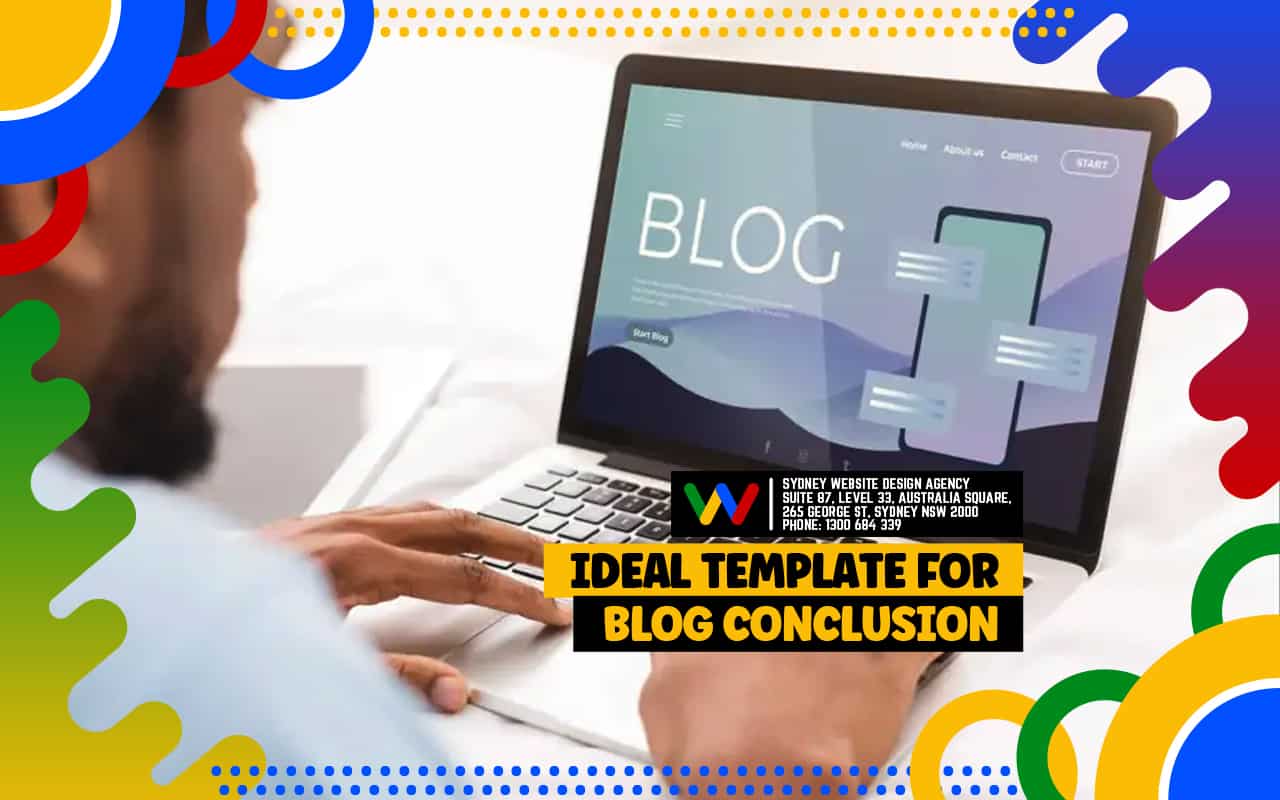
Creating a blog template that is tailored to your business can help you effectively reach potential customers and engage readers. By using relevant visuals, logical formatting, calls-to-action, and proofreading/editing your content before publishing, you can create successful blog posts that resonate with readers. Additionally, making sure your content is mobile-friendly will ensure you reach a wide audience of potential customers. Following these tips and tricks should help you to craft the ideal template for your business goals.

